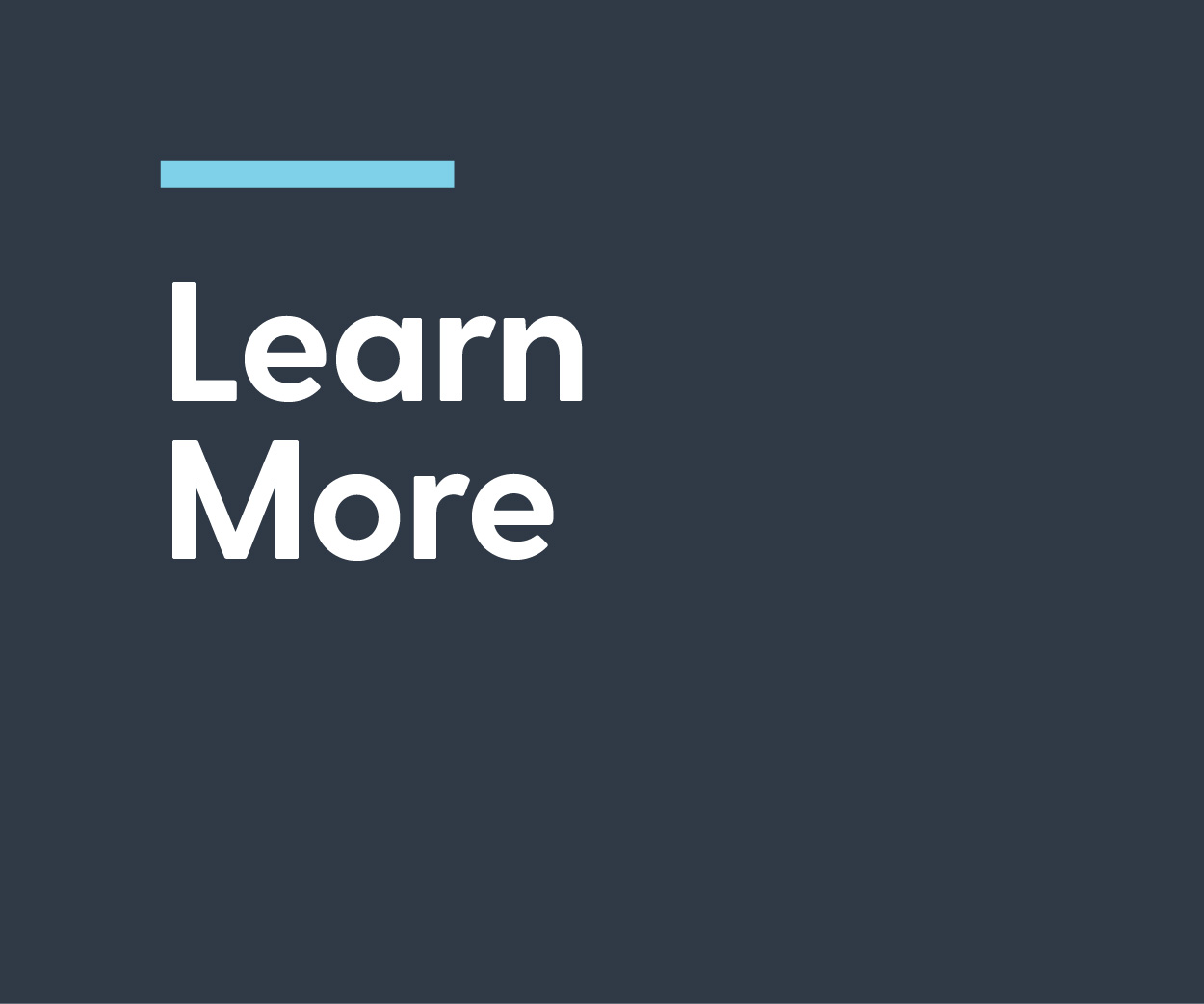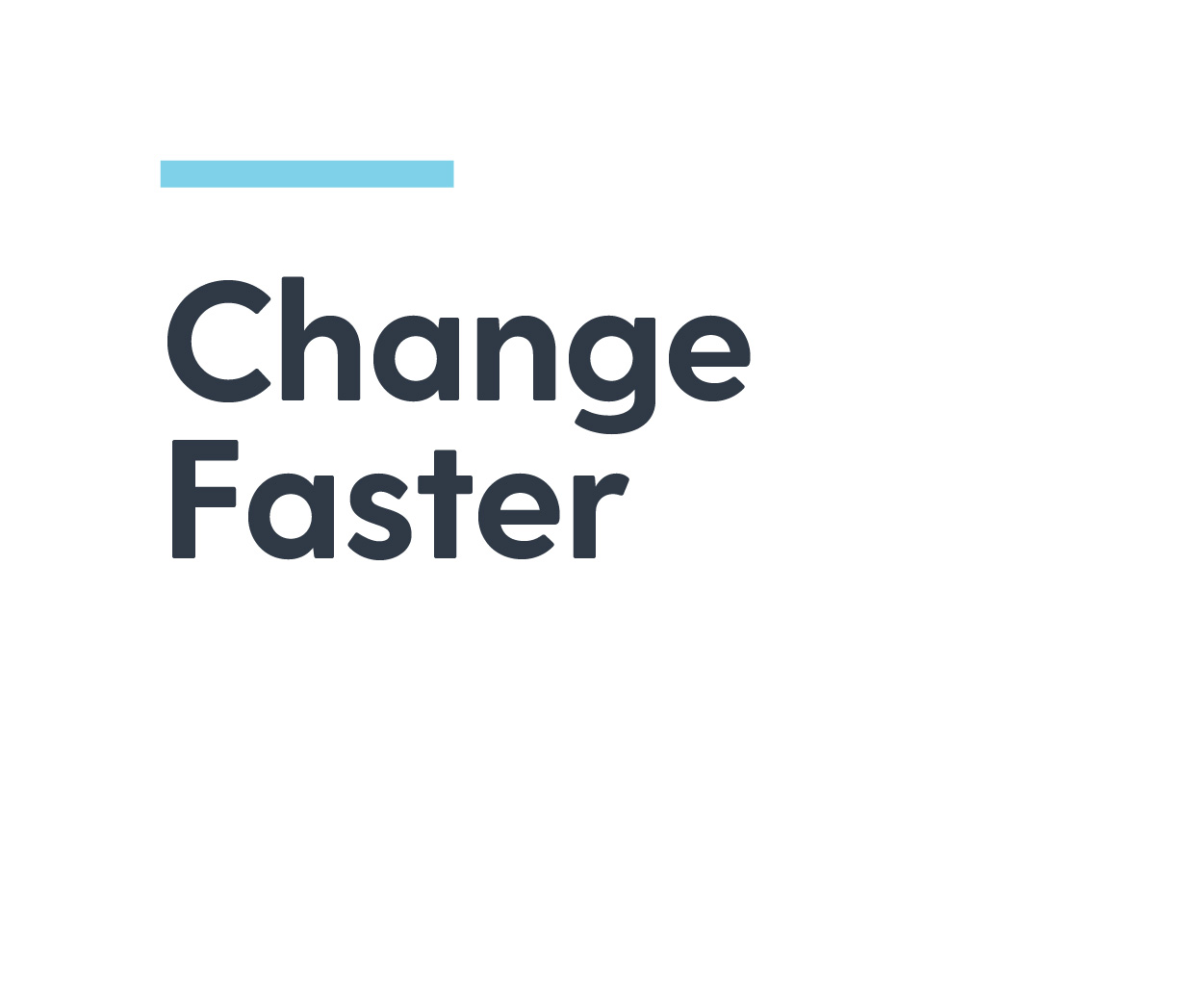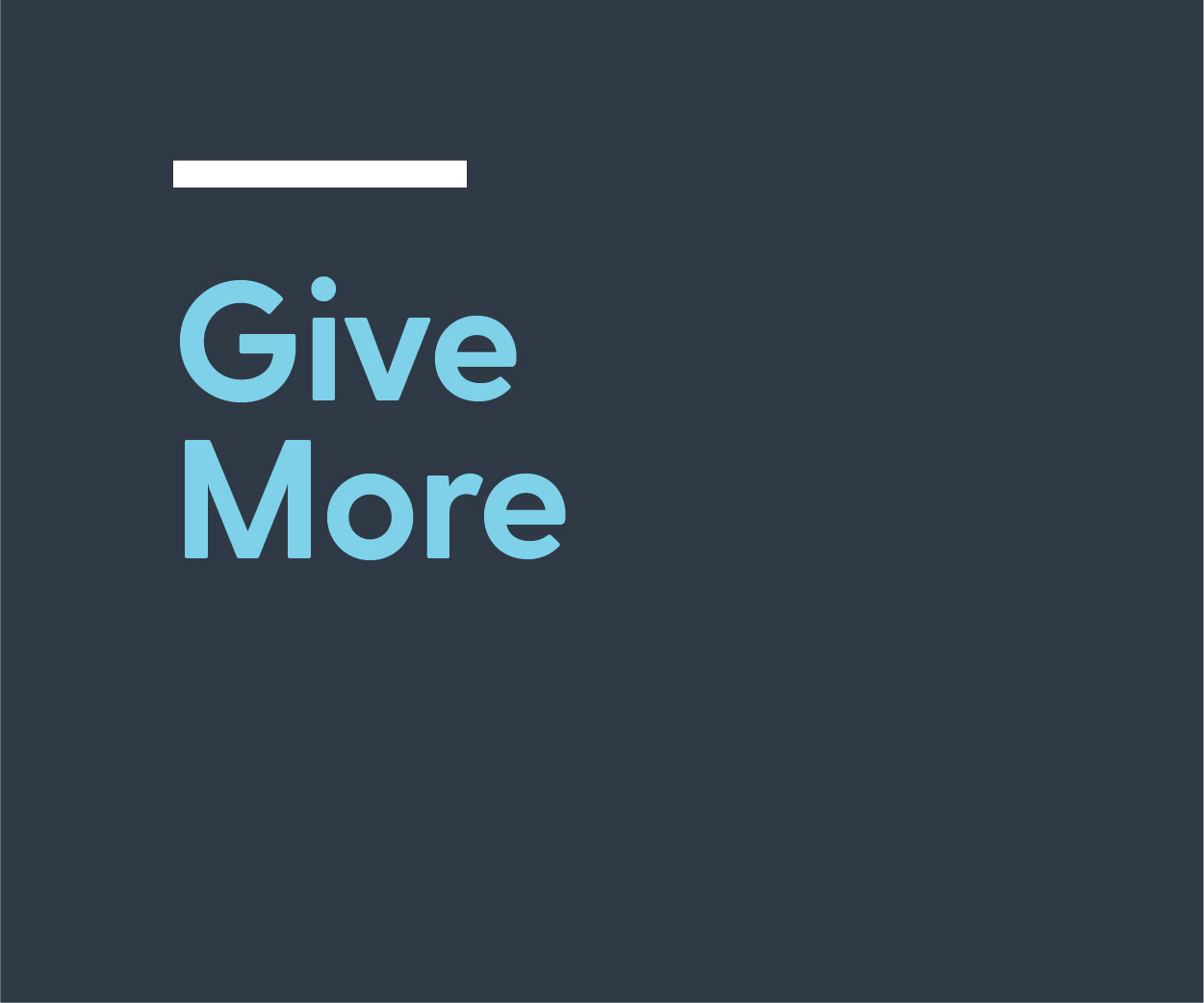The D&I Digest: March 2021
Featured in this issue: Women’s History Month, Developmental Disabilities Awareness Month, National Deaf History Month and St. Patrick’s Day.
BR is committed to increasing and retaining diversity of thought, experience and background of our talent base at every level and function, and to actively creating a culture of belonging that embraces all of our employees as they are – because if we’re going to fully serve our clients, we need to show up as our full selves. Our goal is to develop a cross-functional team of employees and agency leaders that celebrates our people, delights our clients, better solves problems, and promotes a passion for diversity and inclusion.
In keeping with one of our core pillars to “give more,” Bader Rutter will donate money this month to The Arc Wisconsin.
Since 1960, The Arc Wisconsin has been on the front lines for making change happen for people diagnosed with autism, Down syndrome, fetal alcohol spectrum disorder, and a range of diagnoses across the spectrum of intellectual and developmental disabilities. The Arc Wisconsin is the state’s leading advocate for all people with intellectual and developmental disabilities, and their families and our member chapters offer the high-quality support and services people want and need. Check out any of the prior newsletters from The Arc Wisconsin for details about previous activities.
Also in the “give more” category is the pro-bono work done by the all-women Bader Rutter team for the TEMPO brand refresh, keep reading to learn more about how that came together.

Celebrating Women’s History Month
March is Women’s History Month, a time to reflect on the contributions made by the women around us and the women who came before us. There isn’t an area of life that women haven’t impacted. The ways we experience the arts, education, sports, entertainment, science, math, technology, health care, law, politics, economics and more have all been shaped by strong and determined women. Their stories reflect the diversity and tenacity of the American experience.
The History Behind Women’s History Month
The early 20th century saw many important strides in the recognition of women’s contributions to society. International Women’s Day, a global celebration of women’s achievements, was first celebrated in 1911. Almost a decade later, the 19th Amendment, which gave American women* the right to vote, was ratified. But it took a long time for Women’s History Month to be recognized the way it is today.
The United Nations began sponsoring International Women’s Day in 1975. In 1978, a school district in Sonoma, California, organized a weeklong celebration of women’s contributions to culture and society, and the celebration was made official by President Jimmy Carter in 1980. Six years later, the National Women’s History Project petitioned Congress to expand the event, and Women’s History Week became Women’s History Month.
* The 19th Amendment prohibited the government from using sex as a criterion for voting rights. While this gave many American women the right to vote, it’s important to remember that Black women would not get to exercise that right until nearly five decades later.
Hearing Women’s Stories
From Harriet Tubman, to Sally Ride, to Patsy Takemoto Mink, to Marsha P. Johnson, to Dolores Huerta, there are more stories about women’s contributions than we could ever fit into one newsletter. Here are some ways you can learn about the amazing women of history:
- Explore the legacies of American women through our National Parks.
- Page through Time magazine’s 100 Women of the Year.
- Check out the exhibition from the Library of Congress on the women’s suffrage movement.
- Read the collection of stories from the Library of Congress about women who served in four major wars after World War II.
- Watch Milwaukee Film’s curated list of movies dedicated to women filmmakers and women-led stories.

Women at Bader Rutter
A celebration of women’s history wouldn’t be complete without recognizing the incredible women we work with every day: the women of Bader Rutter. These creative, hardworking, business-building, problem-solving, client-pleasing, miracle-working women are such an important part of who we are and what we accomplish as an agency. We are grateful to you and proud of you, this month and every month.
Check out the all-women Bader Rutter team that launched the TEMPO brand refresh. To our all-women team, this brand refresh was not just an assignment. It was a calling. We redesigned the TEMPO brand to align with its mission of elevating women and their contributions to business and the community. Hear the passion behind the project from each member of the team that brought it to life.

March LinkedIn Learning Challenge
In celebration of Women’s History Month, you can participate in LinkedIn Learning’s March Challenge, kicking off March 9. Topics to be discussed will be gender bias, its impact, and how to support and empower women at work. Challenge yourself to participate each day and to discover new courses. Each day’s activity can be completed in about five minutes or less. Happy learning!
To participate:
- Save the calendar attachment that was sent out with the newsletter email.
- Complete each day’s short learning (five minutes or less).
- Email mbradley@bader-rutter.com on March 26, letting her know you have completed watching all the videos (your name will be entered into a drawing for a $25 gift card).
March is Developmental Disabilities Awareness Month and also is National Deaf History Month.
This month is used as a time to raise awareness about the inclusion of people with developmental disabilities, as well as bringing awareness to the barriers that people with disabilities still sometimes face.
According to the CDC, developmental disabilities are defined as impairments in physical, learning, language or behavior areas, including: autism spectrum disorder, cerebral palsy, attention deficit hyperactivity disorder, learning or intellectual disabilities, hearing loss, vision impairment and other developmental delays.
Recent estimates show that about 15% of children in the United States, between the ages of 3 and 17, have one or more developmental disabilities.
What can we do?
Anytime you would use the word “handicapped,” say “accessible” instead. This puts the focus on the accessibility of the environment, not the disability itself: Example: “He uses a wheelchair, so he has an accessible parking spot.”
Don’t use “victim” language. Just describe situations in a straightforward manner. Don’t use “suffers from,” “challenged by,” “wheelchair-bound” or “struggles with”: Example: Instead of saying “Bill suffers from attention deficit hyperactivity disorder,” you can say “Bill has attention deficit hyperactivity.” Example: Instead of saying “Bill is wheelchair-bound,” you can say “Bill uses a wheelchair.”
Don’t use heroic language when people with disabilities complete everyday tasks and responsibilities. People with disabilities don’t see themselves as inspiring simply because they’re going about their daily lives: Example: “You’re an inspiration to me” is a phrase that is supportive and encouraging on the surface. For people with disabilities, however, it’s problematic. Turning people with disabilities into heroes for performing everyday activities sets them apart from a society in which they may already feel excluded.
Practice disability acceptance: Disability acceptance means that a disability is not something to overcome or fix. It is just part of the person and possibly their main identity. Disability acceptance is full acceptance and understanding of differences. It means we make sure people with disabilities do not feel “weird,” or less than people without disabilities because of their needs or ways of doing things.
Check out the SharePoint for some disability awareness resources that include:
- Ways to be more inclusive
- Podcasts
- Basic American sign language phrases
- Shows to watch: If anyone likes reality TV, check out Deaf U on Netflix.
Volunteering opportunities:
Any folks in design want to help a local organization? With Islands of Brilliance, design mentors work one-on-one with students in the autism spectrum, via Zoom, helping them sketch out ideas for their project. The mentors guide students through the process of designing and completing the project using Adobe Creative Cloud software (working knowledge of Photoshop and Illustrator is required).
Our very own Ilya Slootsky mentors with IOB and had this to say: “With Islands of Brilliance, you get the full 360-degree mentorship experience. Meaning that, not only do you get to impart your wisdom and knowledge on your student partner but, in turn, they teach you back with theirs. In my years of being a mentor, I’ve experienced how perception is different for each person – that the solution to a singular problem can have hundreds of different possibilities, each with its own set of unique processes. It’s an incredibly humbling experience that has helped me restructure not only my own workflow but also my communication habits as well. In addition, the children and young adults of Islands of Brilliance are truly some of the most inspiring, dedicated and patient artists I’ve ever had the chance to work with. Without a doubt, the unbound creativity that they exude, at every step, is to be relished. That’s what makes the Islands of Brilliance program, well, brilliant. By pairing up two highly creative individuals, you get to help realize their artistic vision and see the confidence it instills in them throughout the process. And, who knows? You might pick up some inspiration for your own projects along the way.”
For more information, visit the Islands of Brilliance website.
How Ireland Helped Inspire Frederick Douglass’ Abolitionist Movement
Volunteer Contributor: Ken Ryan
For us quasi-descendants of the Emerald Isle, St. Patrick’s Day is as synonymous with March as longer sunlight and fading snowbanks. But Ireland’s influence on modern American life extends beyond the revelry of March 17.
Born into slavery in 1818, Frederick Douglass escaped to Massachusetts by 1837, where he would become a leading orator promoting abolition. A trip to Ireland in 1845 continued his transformation. Even as the Irish Potato Famine began to ravage Irish life, Douglass gave a series of rousing anti-slavery speeches to packed churches and chapels, surprisingly finding great empathy and encouragement from those who did not share his skin color.
Douglass would later write, “The entire absence of everything that looked like prejudice against me, on account of the color of my skin, contrasted so strongly with my long and bitter experience in the United States, that I look with wonder and amazement on the transition.”
Brightened with hope, Douglass returned stateside later in 1845. He would remain a central figure of the anti-slavery movement throughout the Civil War of the 1860s and postwar efforts of the Reconstruction until his passing in 1895.
To learn more about the impact Ireland had on Douglass’ life following his 1845 visit, download this episode of the Irish History Podcast.

Updates:
Also happening in March:
Mar 11 – Maha Shivaratri (Hindu)
Mar 14 – Pi Day
Mar 17 – St. Patrick’s Day
Mar 19 – Naw-Rúz (Baháʼí New Year)
Mar 24 – Equal Pay Day
Mar 27 – Passover begins (Jewish)
Mar 28 – Holi (Hindu)
Mar 28 – Palm Sunday (Christian)
Mar 31 – International Transgender Day of Visibility
Check out our own Jason Ludtke at Lead2Change.
Representing BR, Jason will be speaking at the Lead2Change Career Development Day on March 20, 2021.
Missed our last newsletter?
Every month moving forward, D&I will release a monthly newsletter, but the previous issues are always available for you. Check out last month’s issue here:
Want to help the D&I Leadership Council? Have an idea on something that should be highlighted next month? Send us a note.
Dig in further on our SharePoint site that highlights our four pillars.
Learn More: BR supports each employee’s process of self-discovery about topics related to diversity, inclusion and belonging. We do this by providing resources and opportunities for employees to educate themselves.
Listen Harder: BR leadership commits to listening to employees about topics related to diversity, inclusion and belonging, and encourages employees to have open and honest conversations with each other. We do this by providing a range of feedback channels and spaces for discussion.
Change Faster: BR executes on action plans to become a more diverse and inclusive organization that fosters a sense of belonging. We do this by providing training for our employees, implementing talent acquisition plans and tracking our progress.
Give More: BR gives of its resources to support diversity, inclusion and belonging, and encourages employees to do the same. We do this by offering our employees service days, partnering with local organizations on pro bono work and making monetary donations.



